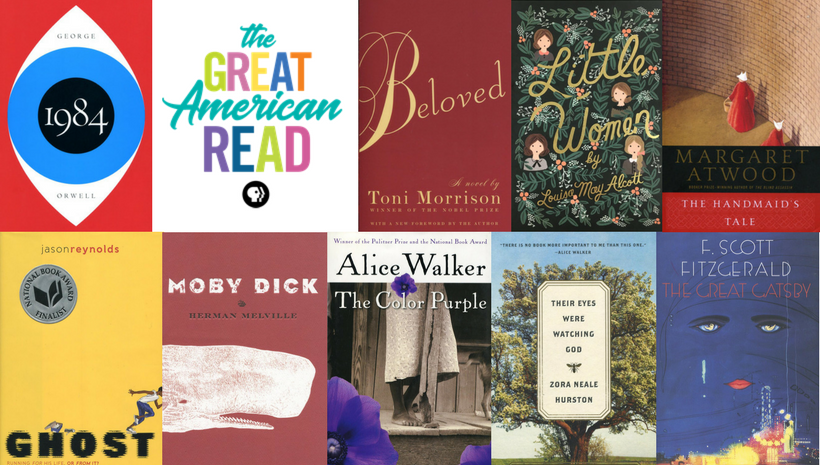In April, PBS released a list of America’s 100 most-loved books (based on popular vote) as part of The Great American Read. NCTE and ReadWriteThink.org have resources related to many titles on the list; below you’ll find a sampling of some of our members’ favorites. Be sure to check them out for inspiration on how to bring the Great American Read into your classroom.
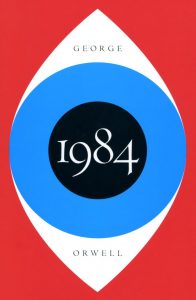 1984 by George Orwell
1984 by George Orwell
In this mini-lesson, which could be a great introduction or follow-up to the novel, students explore the dystopian characteristics and symbols presented in the “1984” Macintosh commercial and analyze the comments that it makes about contemporary society.
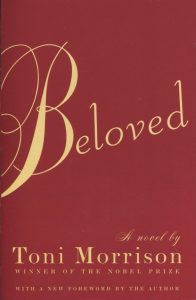 Beloved by Toni Morrison
Beloved by Toni Morrison
In “More Yesterday than Anybody”—A Beloved Project, a recent blog post from the Engage Now! Secondary Section blog series, Joshua Cabat shares a lesson plan in which students connect history and literature by researching primary source documents.
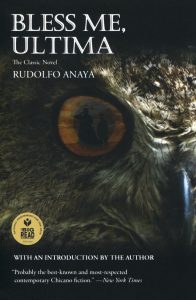 Bless Me Ultima by Rudolfo Anaya
Bless Me Ultima by Rudolfo Anaya
Adolescent readers may already be familiar with the important roles mentors play in their own lives and in some narratives and movies. Tap into teen and preteen readers’ interest in adolescent-mentor relationships with these book recommendations from ReadWriteThink.org.
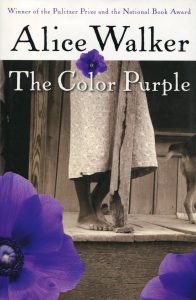 The Color Purple by Alice Walker
The Color Purple by Alice Walker
Carol Jago offers readers a handy guide for bringing this celebrated author’s work into the classroom, including biographical information, ideas for literature circles using Walker’s short stories, sample writing lessons using Walker’s poems, suggestions for teaching The Color Purple, and a wealth of resources for further investigation of Alice Walker and her work.
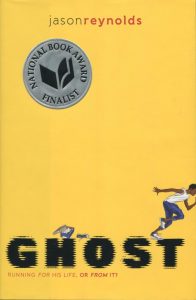 Ghost by Jason Reynolds
Ghost by Jason Reynolds
In this episode of the Voices from the Middle podcast, the teacher panelists speak with author Jason Reynolds. The conversation covers topics such as Jason’s writing process with Brendan Kiely, social media’s impact on the families of the victims of police brutality, breaking stereotypes in YA, as well as the ways in which schools can foster spaces for teens to feel safe and cared for.
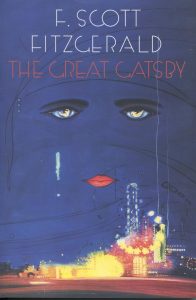 The Great Gatsby by F. Scott Fitzgerald
The Great Gatsby by F. Scott Fitzgerald
In this NCTE text, veteran high school English teacher David Dowling demonstrates how teachers can help students connect The Great Gatsby to the value systems of the twenty-first century, offering active reading and thinking strategies designed to enhance higher-level thinking and personal responses to fiction.
In this lesson plan, students explore The Great Gatsby’s allusion to art and its use of visual imagery and conclude their study by designing their own cover for the novel.
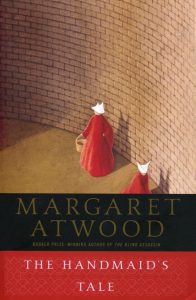 The Handmaid’s Tale by Margaret Atwood
The Handmaid’s Tale by Margaret Atwood
Students work in small groups to examine Margaret Atwood’s use of and observations about language in The Handmaid’s Tale. Through this activity, students discover and articulate overarching thematic trends in the book and then extend their observations about official or political language to examples from their own world.
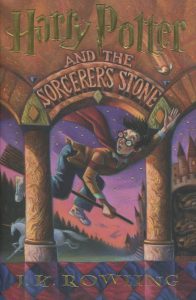 Harry Potter (Series) by J.K. Rowling
Harry Potter (Series) by J.K. Rowling
The mayhem at Hogwarts School of Witchcraft and Wizardry inspires fun and valuable ELA activities in “Celebrating Multiple Literacies with Harry Potter” from English Journal.
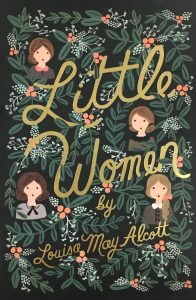 Little Women by Louisa May Alcott
Little Women by Louisa May Alcott
Introduce students to fundamental ideas of critical literacy through a reading and critical analysis of two pieces of literature from the 1800s, focusing on each author’s intent and intended audience. Students first read and discuss two chapters from a story by Louisa May Alcott. Each student then chooses a literary piece for individual analysis from the online archives of a popular magazine from that era. After reading and studying the two selections, students write an essay in which they compare each author’s purpose and voice.
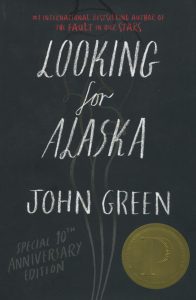 Looking for Alaska by John Green
Looking for Alaska by John Green
Though John Green is too humble to say it, he’s one of the best authors writing for teens today. In the novels he’s written so far, John provides readers with smart characters, humorous situations, and deeply philosophical themes. Tune in to this podcast episode from ReadWriteThink.org to hear John discuss why he writes for teens, what he believes readers can gain from their English classes, and some of the thinking behind his books.
 Their Eyes Were Watching God by Zora Neale Hurston
Their Eyes Were Watching God by Zora Neale Hurston
This book from NCTE offers a practical approach to Hurston using a range of student-centered activities for teaching Hurston’s nonfiction, short stories, and the print and film versions of Their Eyes Were Watching God.
 Things Fall Apart by Chinua Achebe
Things Fall Apart by Chinua Achebe
“Things Come Together with Things Fall Apart” states that the work of Chinua Achebe is a provocative illustration of tragedy. The bonus accompanying this work is that it allows a class to engage in a mini-lesson on the history of the colonization of Africa, specifically of Nigeria, and provides a look at a culture unfamiliar to Westerners.
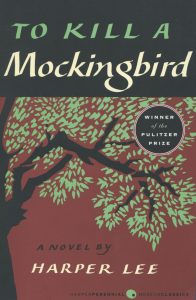 To Kill a Mockingbird by Harper Lee
To Kill a Mockingbird by Harper Lee
This book examines ways of engaging students as they study Harper Lee’s novel. Included are collaborative learning, discussion, writing, and inquiry-based projects as well as activities related to the film version of To Kill a Mockingbird.
Like what you see here? You can check out a full list of books and resources here.

